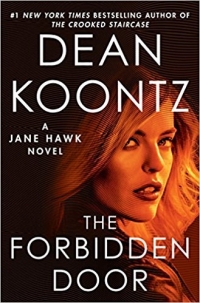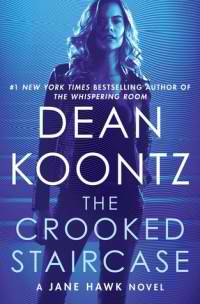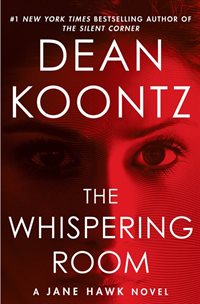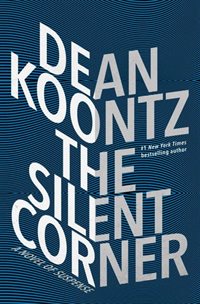The Big Dark Sky by Dean Koontz
 Monday, July 18, 2022 at 7:19AM
Monday, July 18, 2022 at 7:19AM 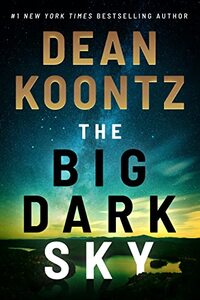
Published by Thomas & Mercer on July 19, 2022
Dean Koontz returns to horror fiction (or something close to it) in The Big Dark Sky. It is a welcome change from his Jane Hawk thrillers. Koontz gives himself an amusing plug by having one of the characters rave about Jane Hawk (twice), but Koontz is at his best when his goal is to make the reader afraid to turn out the light after closing the book.
Birth defects left Jimmy Alvarez unable to speak until he was possessed by an entity he identifies as the Thing. Jimmy was the secret friend of Joanna “Jojo” Chase when she was young. She thought it was special that Jimmy only spoke to her. He was kind and gentle and seemed to control animals, plenty of which inhabit the woods in Montana where Jimmy and Joanna lived. As an adult, however, Joanna has forgotten that Jimmy ever existed.
The novel begins with exploding houses and other attempts, sometimes successful, to eliminate people on Xanthus Toller’s death list. The government views those deaths as a national security issue — not surprising, given the way they are accomplished.
Ganesh Patel is part of a group tasked with stopping Toller. Ganesh and Artimis Selene know Jimmy’s Thing as the Other. The Other controls electronics as well as animals, although it has a limited range. It has been watching humans and probing their minds for 4,000 years. It was eventually drawn to the dark philosophy of Asher Optime, a disciple of Toller’s Restoration Movement. The Movement advocates restoring the planet to its natural state by wiping out humankind. Optime is writing a manifesto about the benefits of human extinction. The true purpose of the manifesto is to glorify Optime, but the Other agrees with the Restoration Movement’s goal and might have the power to achieve it.
Koontz serves up a collection of characters who each bring something of value to the story. Joanna’s tragic childhood encased her in an “emotional cocoon.” Through dreams and phone calls, Joanna remembers Jimmy and understands that he is asking for her help. Joanna and Jimmy are easily the novel’s most sympathetic characters, the purest of heart.
Ganesh is a powerful government contractor who has the ear of the president. Artimis is his AI, who was programmed with a female personality matrix to avoid the male drive for conquest and power. The novel’s ending suggests that female personalities can be just as dangerous, albeit in a different way. Maybe Koontz will explore that thought in a sequel.
Wyatt Rider is a private detective. A billionaire who has been acquiring land in Montana hires Wyatt to investigate a phenomenon near his isolated Montana home that he perceives as supernatural. Wyatt enlists the help of a computer specialist named Kenny Deetle. Kenny’s new girlfriend, Leigh Ann Bruce, rides to the rescue with Kenny and Ganesh when Wyatt needs help.
Optime captures people and tenderizes them with terror before killing them to advance his Restoration project. Two of his recent captives are a smart kid named Colson Fielding and a resilient woman named Ophelia Poole. Both play an important role when the characters eventually come together in Montana for a confrontation with Optime and the Other. Resourceful children and smartass women are the kind of likeable characters readers expect from Koontz.
As have other writers, Koontz ties Carl Jung’s theory of collective unconsciousness to quantum mechanics and the notion that reality does not arrive at a fixed state until it is observed. While the notion that people manufacture reality is fascinating, Koontz’s attempt to relate the theory to the plot is awkward.
Physics aside, Koontz is a gifted storyteller. His skillful blend of swift action and sympathetic characterization assures that the reader will never lose focus. None of the padding that impaired the Jane Hawk novels burdens The Big Dark Sky. The story does not depend on the supernatural, but it straddles the line between science fiction and horror as Koontz sprinkles in the kind of chilling scenes that defined his reputation as a horror novelist. While the plot elements are overly familiar, Koontz waves them together in a way that almost makes the novel seem fresh.
RECOMMENDED
